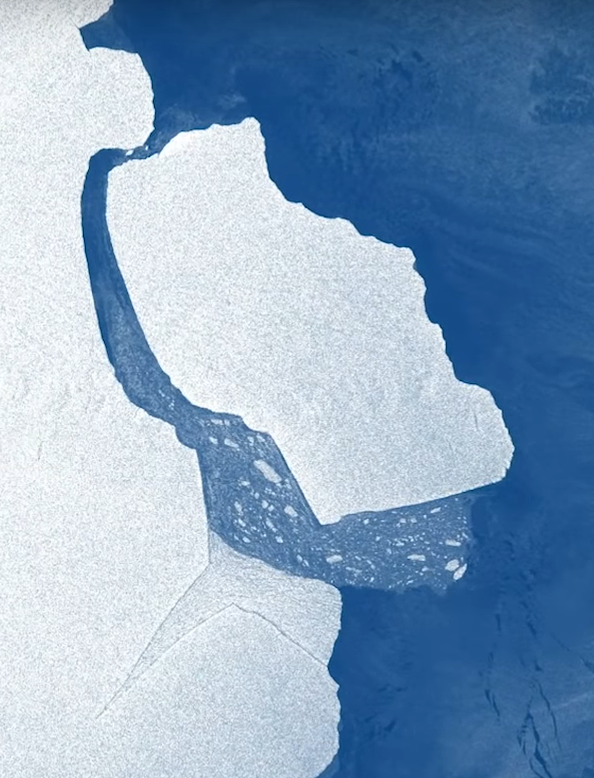Antarctic shelf splits
 A gigantic iceberg has broken off the Amery ice shelf in east Antarctica.
A gigantic iceberg has broken off the Amery ice shelf in east Antarctica.
International monitors say the new iceberg, officially named D-28, separated from the ice shelf on September 26.
The floating chunk is 1,636 square kilometres in size, slightly smaller than Fraser Island, and weighs an estimated 315 billion tonnes, according to the Australian Antarctic Division.
Ice shelves are giant sheets of ice that sit between continental Antarctic ice sheet and the ocean. They help hold back the flow of the grounded ice like an architectural buttress.
The Amery ice shelf covers about 60,000 sq km, meaning the big break has reduced its size by almost 3 per cent.
The calving occurred at a location known as the “loose tooth”, which scientists have been watching due to it being precariously attached.
They do not suggest that the calving event is linked to man-made climate change.
Scientists from the Australian Antarctic program, the Institute of Marine and Antarctic Studies and Scripps Institution of Oceanography have been monitoring the site for decades.
A rift at the front of the ice shelf appeared in the early 2000s, suggesting a large iceberg would break off between 2010 and 2015.
“I am excited to see this calving event after all these years,” says Dr Helen Amanda Fricker, a Scripps professor.
“We knew it would happen eventually, but just to keep us all on our toes, it is not exactly where we expected it to be.”
The Amery ice shelf is Antarctica’s third largest, located between Australia’s Davis and Mawson research stations.
Research instruments on the ice can measure the impact of ocean melt and ice flow.
“It’s part of the ice shelf’s normal cycle, where we see major calving events every 60-70 years,” Dr Fricker said.
Researchers are now waiting to see how the loss of this ice will influence the ocean melting under the remaining ice shelf and the speed at which the ice flows off the continent.








 Print
Print